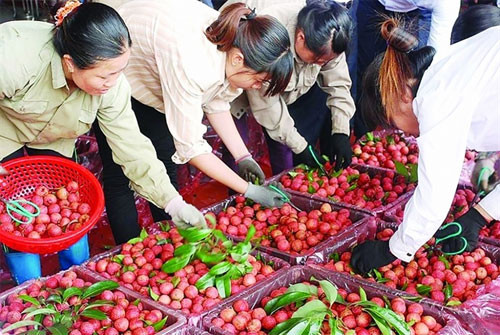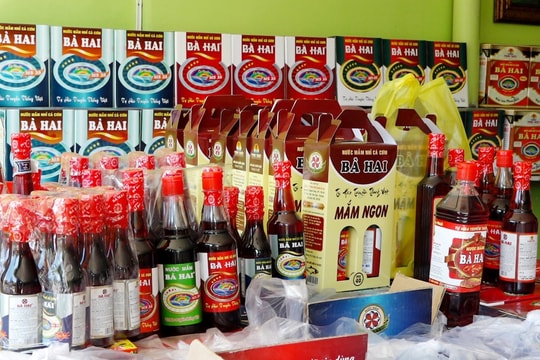 |
In March, the farming, forestry and seafood exports reached US$4.12 billion,
up 57.4 per cent against the previous month. Photo haiquanonline.vnAccording to the Ministry of Agriculture and Rural Development (MARD), in March alone, exports reached $4.12 billion, up 20 per cent from the same month in 2020 and 57.4 per cent against the previous month.
In the first quarter, the export revenue of the main agricultural goods reached $4.59 billion and key forestry products $3.94 billion, while fishery exports were estimated at $1.69 billion.
Meanwhile, imports of agricultural, forestry and fishery products in the first quarter hit $7.74 billion, up 44.7 per cent.
However, the agriculture sector saw a year-on-year reduction of 18.2 per cent in trade surplus to $2.87 billion in the first three months of this year.
Several exports with revenue during January-March that were higher than in the same period last year included rubber, tea, fruit and vegetables, cassava, shrimps and timber, according to the ministry.
Revenue surged by 116 per cent to $721 million for rubber, 41.5 per cent to $3.7 billion for timber and wooden products, and 49.2 per cent to $199 million for rattan, bamboo and sedge products.
There were some products that saw a decrease in export value, such as coffee (down 11.3 per cent to $771 million), rice (17.4 per cent to $606 million), cashew (5.8 per cent to $634 million) and pangasius (2.6 per cent to $373 million).
In terms of export markets, Asia accounted for 54.4 per cent of total exports, followed by the Americas at 32.2 per cent and Europe at 11.8 per cent.
Exports to Viet Nam’s four main markets, namely the US, China, Japan and the Republic of Korea, recorded growth rates of 45.8 per cent, 39.5 per cent, 3.4 per cent and 9.5 per cent, respectively.
The ministry said to increase the exports, it will promote international trade promotion activities. At the same time, it will help export firms implement market regulations and overcome technical barriers in agricultural trade in key export markets.
It will also update notices and warnings from trading partners and the World Trade Organization (WTO) member countries.
For the domestic market, the ministry will collect information about prices, production and supply of agricultural products in localities nationwide, especially localities directly affected by the COVID-19 pandemic.
Source: VNS




















.jpg)




.jpeg)

.jpeg)


.jpeg)


